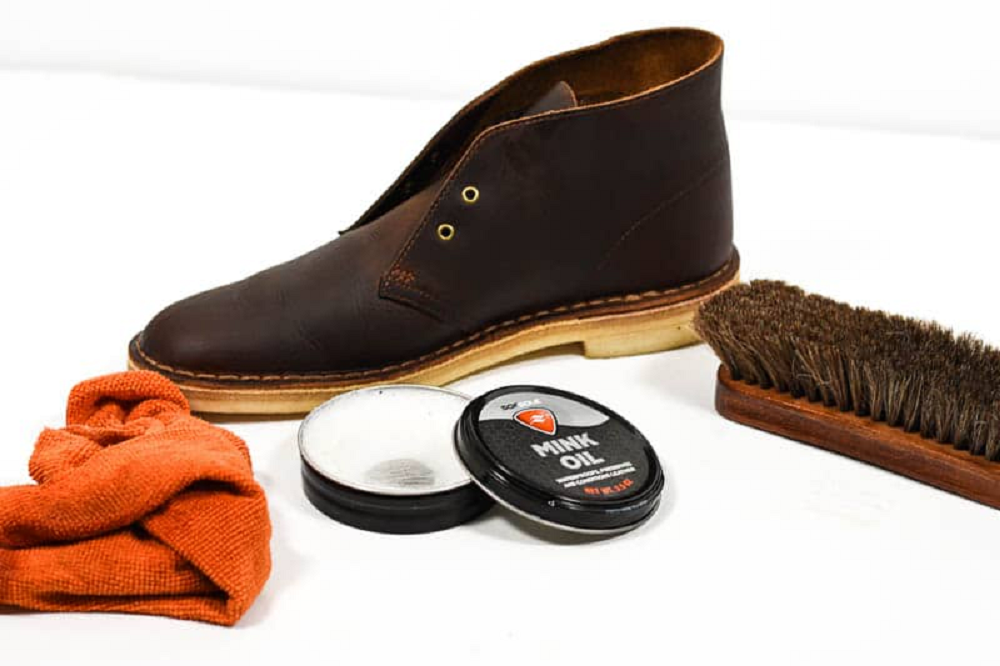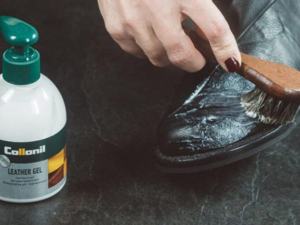Does Mink Oil Go Bad?
Mink oil, derived from the fat of minks, has been widely used for various applications, such as leather conditioning, skin care, and as a supplement in cosmetics. Does Mink Oil Go Bad?
Due to the high stability of the fatty acids employed in mink oil production, the probability of it turning rancid when stored appropriately is exceedingly low. Despite its elevated unsaturated fat content, mink oil exhibits a lesser degree of reactivity toward oxygen compared to alternative animal fats or vegetable oils.
Introduction
Mink oil, derived from the fat of minks, has gained popularity for its various applications in leather conditioning, skincare, and cosmetics. However, like any natural product, the question arises: Does mink oil go bad?
In this article, we will delve into the shelf life of mink oil and explore the proper storage considerations to maintain its quality and effectiveness.
By understanding the factors that can impact mink oil’s longevity, we can ensure its optimal use and avoid potential issues associated with spoiled mink oil.

Understanding Does Mink Oil Go Bad
Like many other organic substances, mink oil is prone to degradation and spoilage. The shelf life of mink oil is typically around one to two years when stored properly. Regular inspection for signs of spoilage, such as changes in odor, color, or texture, is recommended.
Understanding Mink Oil
Mink oil is rich in essential fatty acids, particularly omega-3 and omega-6, making it a popular choice for skincare and leather care. Its natural composition lends itself to various benefits, including moisturizing, softening, and protecting properties.
Factors Affecting Mink Oil Shelf Life
Several factors can influence the shelf life of mink oil:
- Exposure to Light and Heat
Mink oil should be stored in a cool, dark place away from direct sunlight or high temperatures. These environmental factors can accelerate the oxidation process, leading to rancidity and shorter shelf life.
- Oxygen Exposure
Oxygen can react with the unsaturated fatty acids in mink oil, causing oxidative rancidity. Properly sealing the container can help minimize oxygen exposure and prolong the shelf life of the oil.
- Contamination
The introduction of contaminants, such as water or impurities from improper handling or storage, can accelerate spoilage. It is essential to maintain clean conditions when using and storing mink oil.
Signs of Spoilage
Over time, mink oil can deteriorate and become unusable. Here are some signs of spoilage to look out for:
- Unpleasant Odor: Rancid mink oil may develop a strong, unpleasant odor. If the oil smells off or foul, it is likely past its prime.
- Discoloration: Fresh mink oil typically has a pale yellow or light golden color. However, as it ages and degrades, the oil may darken or become cloudy. These changes indicate a loss of quality.
- Altered Texture: Spoiled mink oil may become thick, clumpy, or develop a gritty texture. Any significant changes in consistency suggest that the oil has gone bad.
Proper Storage Guidelines for Mink Oil
- Keep it in a Cool Environment. Store mink oil in a cool place, away from direct sunlight and heat sources.
- Protect from Light. Store the oil in opaque or dark-colored containers and keep them away from exposure to light.
- Seal the Container Properly. Ensure that the container is tightly sealed to minimize the entry of air and extend the shelf life of the mink oil.
- Avoid Contamination. Keep mink oil away from water, moisture, and impurities. Ensure that the container and any tools used to handle the oil are clean and dry to prevent contamination and spoilage.
- Follow the Manufacturer’s Instructions. Always refer to the manufacturer’s guidelines for specific storage recommendations. Different brands may have slight variations in the optimal storage conditions for their mink oil products.
By adhering to these storage guidelines, you can help preserve the quality and extend the shelf life of mink oil, ensuring its efficacy and usability over time.
Conclusion
In conclusion, the question of whether mink oil goes bad can be answered by considering its shelf life and proper storage methods. Mink oil, with its stable fatty acids, has a very low chance of turning rancid when stored correctly. By following the guidelines for storage you can maximize the longevity and quality of mink oil.
I hope this article has provided you with the necessary information to understand the shelf life of mink oil and the importance of proper storage. Have you found the answer you were seeking? Was this article helpful in clarifying any doubts or concerns you had about mink oil?
I value your feedback, so please leave your comments below to let us know about your experience or any further questions you may have.
Remember, by taking the necessary steps to store mink oil properly, you can ensure its effectiveness and enjoy its benefits for an extended period.






